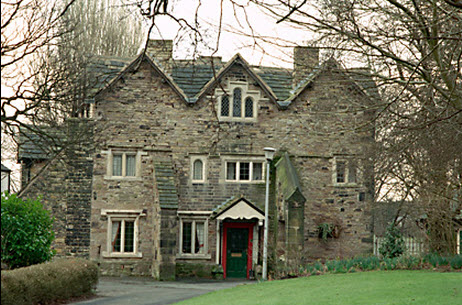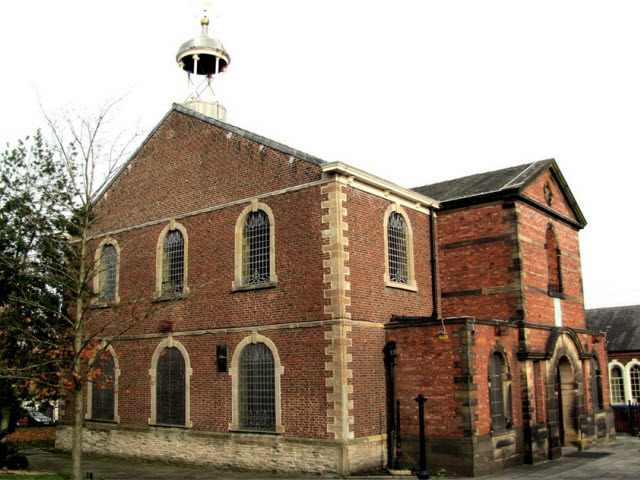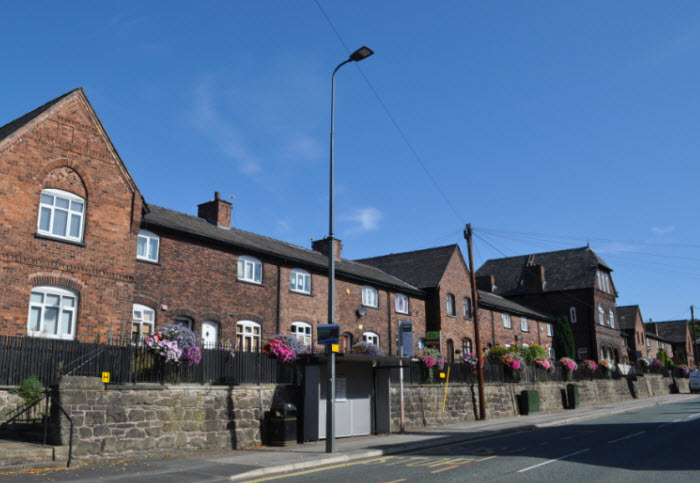Alder House
Alder Street, Atherton
Description
The house is a particularly important survival with notable and unusual features both inside and out. "RAA RA 1697" (Ralph Astley) on porch.
This house, which gave its name to Alder Street, was built by Ralph Astley and Ann Astley in 1697. At that time the main occupation of Atherton was nail making, and Ralph was an iron-merchant both supplying the raw materials to the nailors and buying back and reselling the finished goods. He is supposed to have done a large trade with Ireland. Ralph and Ann died within a day of each other in 1727, and tradition has it that they were both killed by lightning at the same time.
By 1730 the house had been acquired by Adam Mort, son of Nathan Mort. The Mort family were closely connected with Chowbent Chapel, then known as Bent Chapel. The chapel was built in 1722 on land at Alder Fold given by Nathan Mort; the dissenters had been evicted from their previous chapel, which was on the site of today's parish church, in 1721. The connection between the owners of Alder House and Chowbent Chapel was continued when the house was acquired by Thomas Withington of Culcheth Hall. The Withington family, like the Morts, were great supporters of the chapel.
In 1868, Thomas Lee, owner of the Dan Lane cotton spinning mills, paid £2070 for the house, where he lived till his death in 1895. He was a prominent citizen, even having a street named after him. He lay the foundation stone of the new Atherton parish church in 1878 and his wife laid the foundation stone of Hindsford parish church in 1884.
Fletcher Burrows Ltd. paid £1750 for the house and property attached in 1916 in order to secure the mining rights. The house itself was converted into a day nursery in 1918 and in 1922 the company donated Alder House to Atherton Council. The house is now a maternity clinic.
Source: Leigh Family History




